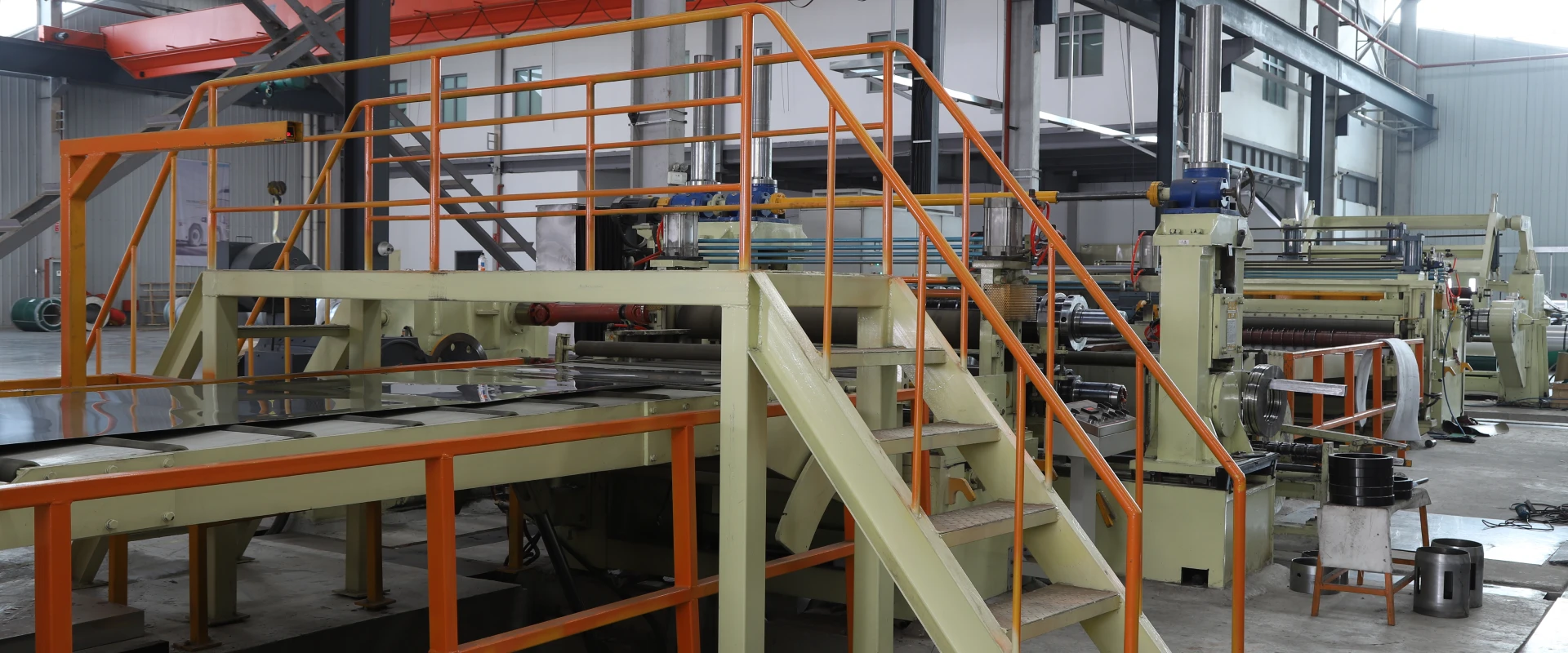Electropolishing Process and Hygiene Standards of Commercially Pure Titanium Angle Steel in Food Processing Equipment Frames
Food processing equipment—think dairy pasteurizers, beverage mixers, or meat slicers—lives in a tough environment. Every day, it’s hosed down with acidic (like citric acid) or alkaline (like sodium hydroxide) cleaners to kill bacteria. Its frames? They need to handle this corrosion without rusting, chipping, or leaching harmful metals into food. And on top of that, they must be impossible to harbor bacteria—no tiny crevices where food bits can hide and spoil.
That’s why more manufacturers are turning to commercially pure titanium angle steel for these frames. Titanium doesn’t rust, won’t release nickel (unlike some stainless steels), and is biologically inert (safe to touch food). But even titanium needs a little help to meet food industry hygiene standards: electropolishing. This process smooths the metal’s surface, seals tiny pores, and boosts its corrosion resistance—turning a good material into a great one for food safety. This article breaks down how to electropolish pure titanium angle steel, what hygiene standards matter most, and why this combo works for food processing gear.
Why Commercially Pure Titanium Angle Steel Is Perfect for Food Equipment Frames
Before diving into electropolishing, let’s clear up why titanium beats other materials for food frames:
No Corrosion, No Contamination: Unlike 304 stainless steel (which can rust if exposed to strong cleaners long-term), pure titanium (Grade 2 is most common for food use) resists almost all food processing chemicals. A dairy plant in Wisconsin tested both: their stainless steel frames showed rust spots after 2 years; titanium frames looked new after 5.
No Harmful Leaching: Titanium doesn’t release metals like nickel or chromium into food—critical for meeting food safety rules. The FDA lists pure titanium as “generally recognized as safe (GRAS)” for food contact, which is a big green light for manufacturers.
Strength Without Bulk: Titanium is 40% lighter than steel but just as strong. This makes equipment frames easier to move (for deep cleaning) without sacrificing durability—important for large gear like bakery mixers.
But here’s the catch: raw titanium angle steel has a slightly rough surface (from manufacturing) with tiny pores. These pores can trap food particles or cleaner residue—exactly what food plants need to avoid. That’s where electropolishing comes in.
The Electropolishing Process for Pure Titanium Angle Steel: Step-by-Step
Electropolishing isn’t just “shining metal”—it’s a controlled chemical reaction that smooths titanium’s surface at the atomic level. For food equipment frames, the process has three key stages, and getting each right is critical for hygiene and durability.
1. Pre-Treatment: Clean the Surface First
You can’t polish a dirty surface—any oil, grease, or oxide layer will block the electropolishing reaction. Here’s what to do:
Degreasing: Soak the titanium angle steel in a mild alkaline cleaner (like 5% sodium carbonate solution) at 50–60°C for 10–15 minutes. This breaks down oil from manufacturing or handling. Avoid harsh solvents (like acetone)—they can leave residues that affect polishing.
Acid Pickling: Rinse the steel, then dip it in a dilute nitric acid solution (10–15% concentration) at room temperature for 5–8 minutes. This removes the thin oxide layer that forms on titanium when it’s exposed to air. If you skip this, the electropolish will be uneven.
Final Rinse: Wash the steel with deionized water (not tap water—minerals in tap water can leave spots) to remove all cleaner and acid. Dry it with compressed air to prevent water spots.
A small food equipment maker in Italy learned this the hard way: they skipped pickling once, and the electropolished frames had cloudy spots that trapped food. They had to redo the process—costing time and money.
2. Electropolishing: The Core Step (Key Parameters to Control)
Electropolishing uses an electric current to dissolve the rough parts of the titanium surface, leaving a smooth, shiny finish. The setup is simple: a tank with electrolyte, the titanium as the anode (positive charge), and a stainless steel plate as the cathode (negative charge). But three parameters make or break the results:
Parameter | Recommended Range for Pure Titanium (Grade 2) | Why It Matters |
Electrolyte Composition | 60% phosphoric acid + 30% sulfuric acid + 10% hydrofluoric acid (HF) | Phosphoric acid dissolves titanium; sulfuric acid boosts conductivity; HF prevents oxide buildup. |
Temperature | 40–50°C | Too cold (below 40°C): reaction is slow, surface stays rough. Too hot (above 50°C): titanium dissolves too fast, leading to pitting. |
Current Density | 20–30 A/dm² (amps per square decimeter) | Low density (below 20 A/dm²): no significant smoothing. High density (above 30 A/dm²): surface becomes uneven, with dark streaks. |
Time | 15–20 minutes | Too short: pores aren’t sealed. Too long: titanium loses thickness (you can remove up to 5–10 μm in 20 minutes—no more, or the frame weakens). |
Pro tip: Agitate the electrolyte gently (with a stirrer) during polishing. This ensures even current distribution—critical for angle steel, which has sharp corners that can otherwise get over-polished.
3. Post-Treatment: Seal and Protect
After electropolishing, you need to lock in the smooth surface and prevent new oxide buildup:
Passivation: Dip the steel in a 20% nitric acid solution at 40°C for 20 minutes. This forms a thin, dense oxide layer on the polished surface—making it even more corrosion-resistant.
Final Rinse and Dry: Use deionized water again, then dry with hot air (60–70°C) to ensure no moisture is trapped. For extra protection, you can apply a food-safe silicone coating (but most plants skip this—polished titanium is already smooth enough).
The end result? A surface with a roughness value (Ra) of ≤0.4 μm—smooth enough that food particles can’t stick, and cleaners wipe off easily.
Food Industry Hygiene Standards: What You Need to Comply With
Electropolishing is only useful if it meets food safety rules. Three standards are non-negotiable for pure titanium angle steel frames:
1. FDA 21 CFR Part 177 (U.S. Standard)
This rule says any material touching food must be “safe and suitable.” For titanium, it means:
No leaching of titanium into food (tests show pure titanium leaches less than 0.1 mg/kg—well below the FDA’s limit).
The surface must be “smooth, non-porous, and easily cleanable”—which electropolishing (Ra ≤0.4 μm) achieves.
2. EU Regulation 10/2011 (European Standard)
Similar to the FDA, this regulation requires:
Titanium must not release harmful substances.
The surface must not have “adherent properties” (food can’t stick)—electropolished titanium passes this test because its smooth surface has no traps.
3. 3-A Sanitary Standards (Global Food Equipment Standard)
This is the strictest one, used by dairy, beverage, and pharmaceutical plants. For titanium frames, it requires:
No sharp corners (angles must be rounded to at least 3mm radius) to avoid food buildup.
Welds (if the frame is welded) must be electropolished too—no rough weld seams.
The surface must withstand 100°C cleaning temperatures without damage (electropolished titanium handles this easily).
A large beverage company in Brazil used these standards to approve pure titanium frames: after electropolishing, the frames passed 3-A testing, and their cleaning time dropped by 30% (no more scrubbing rough spots).
Real-World Example: A Dairy Plant’s Success with Titanium Frames
A dairy processing plant in Minnesota was tired of replacing stainless steel frames every 3–4 years (rust from daily alkaline cleaning). They switched to pure titanium angle steel frames, electropolished to Ra 0.3 μm. Here’s what happened:
Corrosion Resistance: After 4 years, no rust or pitting—even where cleaners pooled at the base of the frames.
Hygiene Scores: Their monthly FDA hygiene audits went from 85/100 to 98/100—no more points deducted for “hard-to-clean surfaces.”
Cost Savings: They spent 2x more on titanium upfront, but avoided $15.000 in annual frame replacements. The frames are expected to last 15+ years.
The plant’s maintenance manager said: “We used to spend 2 hours a week scrubbing stainless steel frames. Now, we wipe the titanium ones in 30 minutes. It’s saved us time and kept our milk safe.”
Conclusion
For food processing equipment frames, pure titanium angle steel + electropolishing is a winning combo. Titanium brings corrosion resistance and safety; electropolishing adds the smooth, hygienic surface that meets the strictest food standards. By following the right pre-treatment, controlling electropolishing parameters (temperature, current density, time), and complying with FDA, EU, and 3-A rules, manufacturers can build equipment that’s safer, easier to clean, and longer-lasting.
In an industry where food safety is non-negotiable, this isn’t just an upgrade—it’s a necessity. Pure titanium angle steel doesn’t just hold up to cleaners and time; it helps keep the food we eat free from contamination. And that’s a win for everyone—manufacturers, plant workers, and consumers alike.

